Hyundai have popped a three-cylinder turbo-petrol engine under the Nios’ bonnet. We find out how it feels like when all that power reaches the road
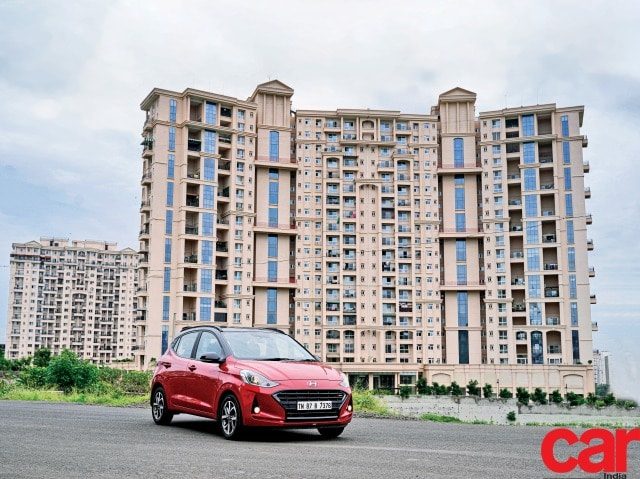
Story: Joshua Varghese
Photography: Sanjay Raikar
Disguises are amazing, especially in the movies. It is rather amusing to see a protagonist filter through hordes of villains undetected on the assurance offered by a poorly stuck beard and a fake accent. The point I am trying to make is that in such cases, the hero, usually of a likeable character, assumes a fake identity to pull one over the baddies. Initially, I thought the Hyundai Grand i10 Nios Sportz was just a well-disguised Nios with a turbo-petrol engine. In fact, I was half expecting this road test to produce enough evidence for me to unmask the car by saying, ‘Ha! This is just another hatchback with a badge’. Oh, man, was I in for a surprise…
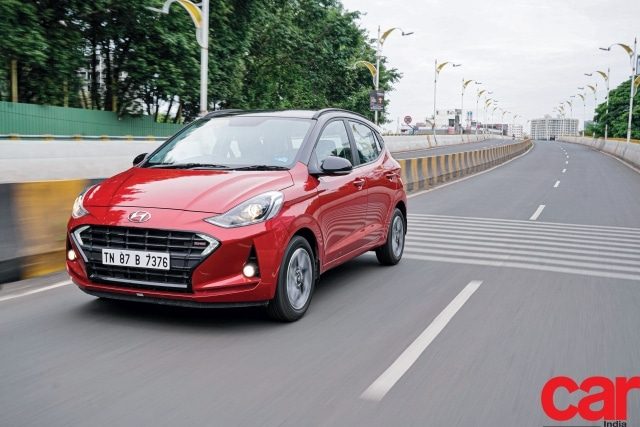
While the Grand i10 Nios Turbo’s silhouette remains identical to the rest of the range, its paint scheme betrays its sporty intentions even at standstill. The black-red combination has always been a racy theme and Hyundai have pulled it off with style in the Turbo’s compact frame. Thankfully, they have thoughtfully included a glossy black grille and “turbo” badges fore and aft; a visual hint for fellow car enthusiasts to tip their hat to appreciate your choice of a hot hatch over a regular one. Furthermore, I particularly like how Hyundai have done away with unnecessary bits of chrome for this variant. No need for bling if the engine has enough zing, right?
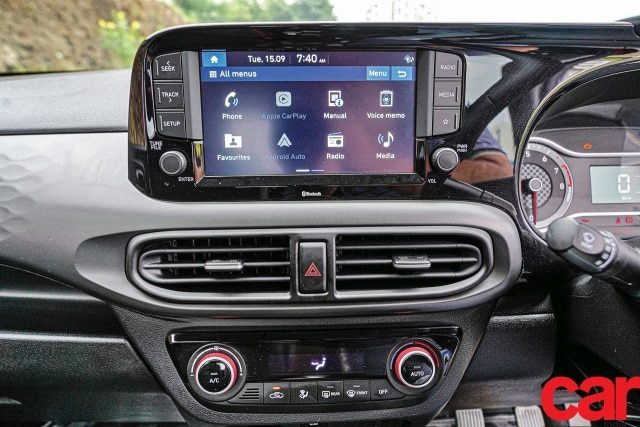
Stepping into the car is not so subtle, though. If you are the sort whose day begins early, you will certainly leave a few rudely awakened neighbours in your wake. The car’s horn is extremely impressive on the road to clear a path through traffic and remind the gentleman in front of you that he cannot talk into his phone in peace with you behind him. However, it blasts twice during lock/unlock and that can become quite annoying, especially if you live in a gated community. However, the Turbo’s sporty appeal is turned back on once you settle into the cabin. Red elements have been subtly integrated into the dashboard and it complements the layout tastefully.
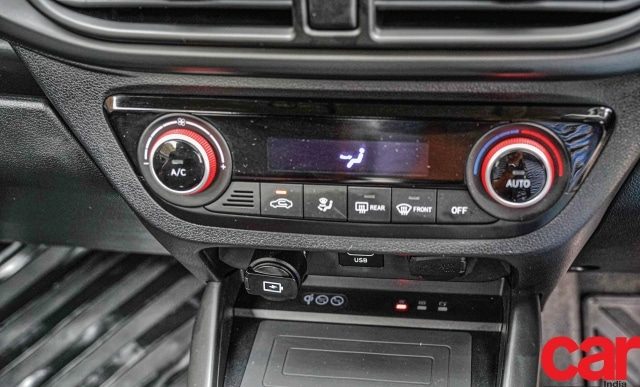
The 8.0-inch touchscreen infotainment system with the latest in smartphone connectivity does not leave you wanting for convenience or entertainment after you set off. Other likeable features include automatic climate control, phone charging solutions (front and rear), and rear a-c vents (who said comfort has to be sacrificed in pursuit of performance?). However, should a Nios top-end variant owner begin to discuss the benefits of having a cooled glovebox, adjustable head-rests for the rear, and key fob, use the Turbo’s stellar acceleration and leave them inhaling slightly burnt rubber because this one does not get any of that.
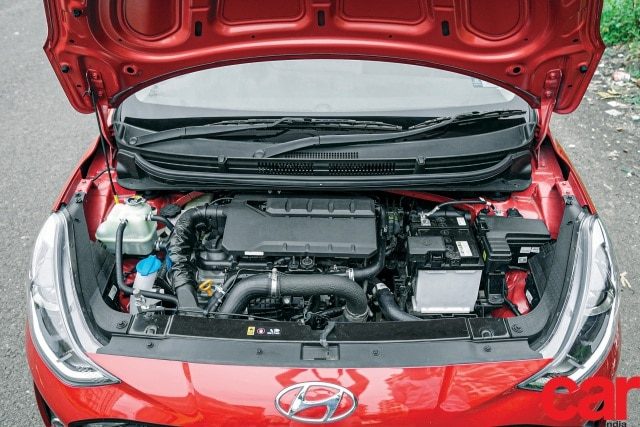
Which brings me to the real reason why I would buy this car rather than any other choice in the Nios range: the 1.0 Turbo GDi petrol engine. The 1.0-litre, three-cylinder powerhouse (also seen in the Venue) is allied to a five-speed manual transmission and dishes out 100 hp at 6,000 rpm and a peak torque of 172 Nm between 1,500 and 4,000 rpm. The best part? It doesn’t feel like a triple. The combination of well-spaced gear ratios and a rev-happy engine allows the Turbo to surge ahead on a wave of torque faster than a certain intense television anchor can jump to conclusions. Whatever it develops under the hood is seamlessly laid down on the road and a 0-100 km/h time of 8.92 seconds — wherein the ton is cracked in second gear itself — is testimony to its abilities. To put things into perspective, the standard Nios does the same in 12.60 seconds. From there, the Turbo pulls effortlessly in each gear all the way to the red-line to achieve a top whack of 178.81 km/h.

Even at speeds over 100 km/h, the car remains planted and lane-changing comes effortlessly. Similar composure was also evident in the corners because the Turbo responds to steering inputs without delay and changes direction easily. In fact, I would even venture a bit further to say that an enthusiast would find themselves waking up early and heading to the nearest well-paved mountain road to make full use of the Turbo’s abilities. I wish Hyundai had tweaked the steering to return a smidge more feedback because a finer level of connection between brain and bitumen would have given the Turbo an added advantage over its rivals. The brakes? Discs ahead and drums at the rear supplemented by ABS and EBD. The feedback is progressive and the car comes to a fuss-free halt in a straight line without drama; 100 to 0 km/h in 2.87 seconds and 41.65 metres.
The family men who are considering going for the Turbo will be pleased to know that the suspension set-up has enough compliance to handle fast cornering and return a plush ride over poor roads. Over long trips, the Turbo will surely stand out for its comfortable, well-equipped cabin and stress-free cruising abilities. Meanwhile, in the urban environment, the car’s compact dimensions, manoeuvrability, driveability, an extremely usable third gear, and its long list of equipment make it an option well worth considering.
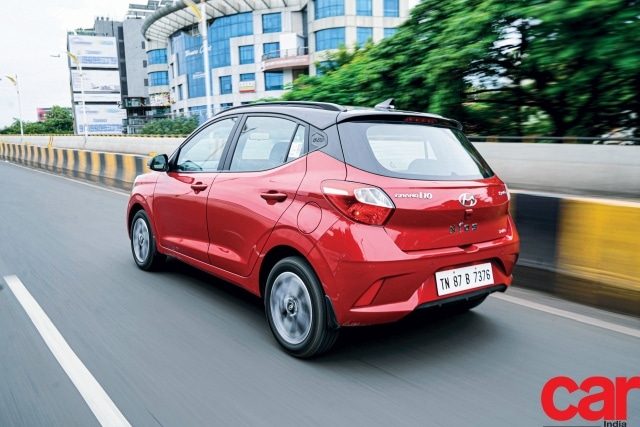
At Rs 7.70 lakh, the Turbo is one of the most accessible turbo-petrol options in the country, placing it in the same ballpark as other driver-oriented hatchbacks such as the Ford Figo 1.2 Petrol Titanium Blu (Rs 7.05 lakh) and the Volkswagen Polo TSI Highline+ (Rs 8.09 lakh). Of course, all these prices are ex-showroom. The Hyundai’s aggressive pricing, powerful engine, responsive handling, and everyday usability certainly work in its favour but is it the absolute best of the driver’s cars? Only a comprehensive comparison will tell. For a quick chat about the car, connect with us on Instagram (@carindia_mag).
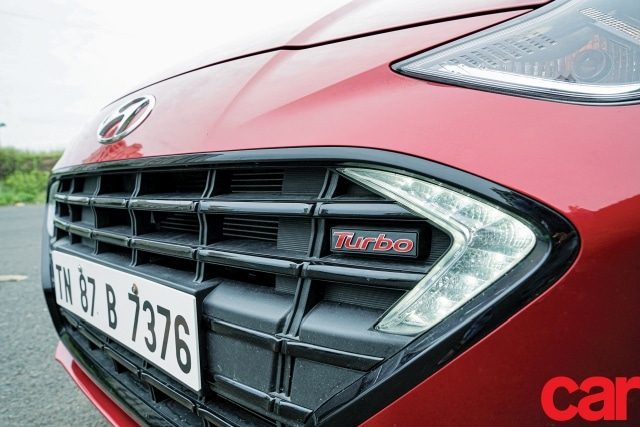
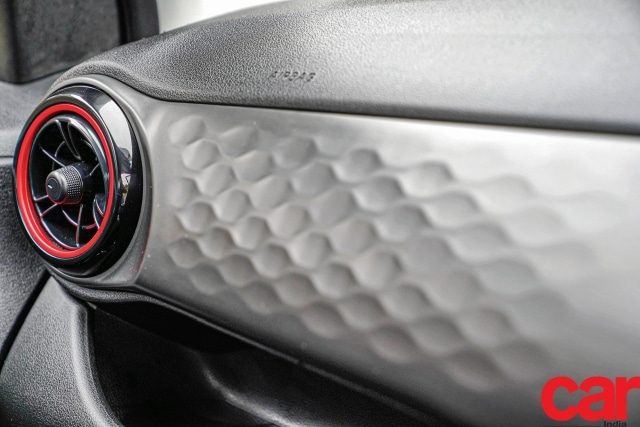
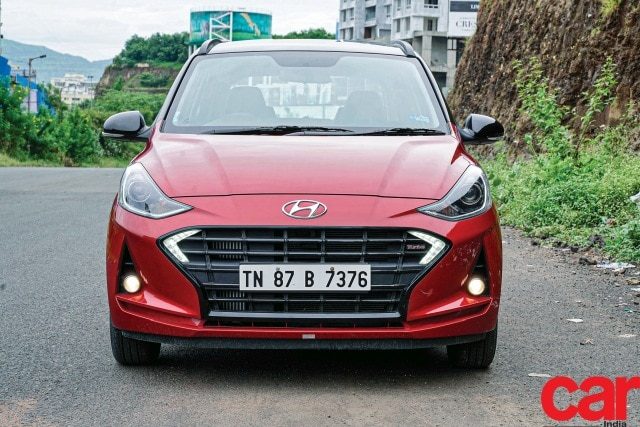
Also read: 2020 Hyundai Tucson first drive review


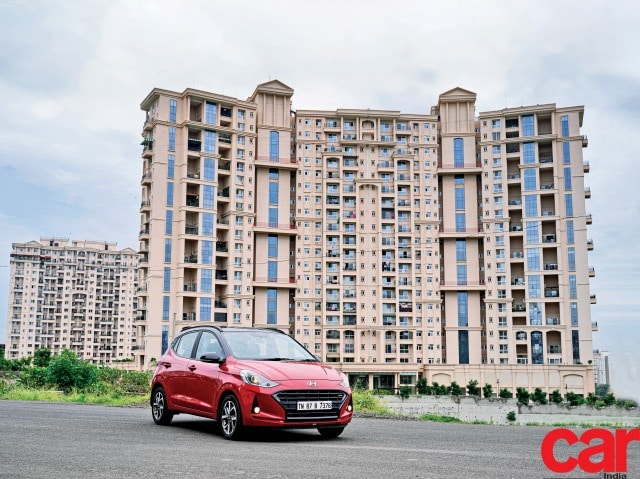


















Leave a Reply